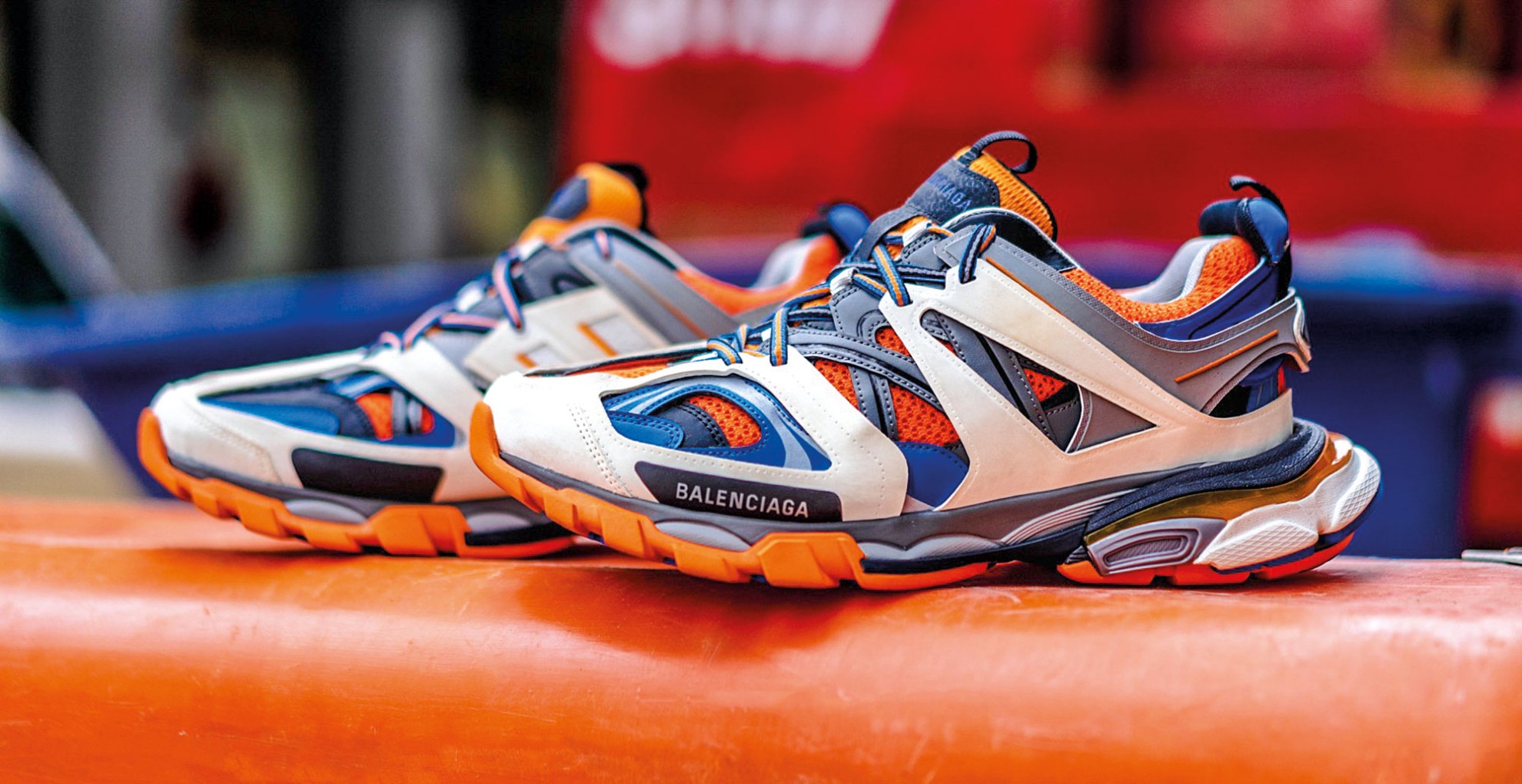Although footwear was originally just an element of protection, with the passing of time, it has become an object of fashion, pleasure, status and performance.
In search of greater aesthetic value and due to the dictates of fashion, consumers have often been subjected to the use of inappropriate footwear that disregards the basic rules of foot physiology, anatomy and mechanics. The secret of good footwear is to harmonize fashion, health and comfort.
Among the main errors that usually occur in the conception of footwear, and in its choice by the consumer (especially female), we can mention the following:
Shoes with very fine toe-ends
They can cause serious problems of deformation in the bones and nerves of the feet, since they do not respect the natural conformation of the fingers. Thus, the pressure received by the big and little toes in that region causes both to push the other toes inwards, favoring the appearance of bunions and other ailments. The difficulty is aggravated when shoes have high heels, and the foot tends to move forward, squeezing the toes even tighter.
Shoes with very high heels
They are responsible for pain in the forefoot and serious problems in the spine. It is a matter of body weight distribution on the foot. Using normal shoes with a 2-3 cm high heel, the distribution of weight in the front and back is balanced, while as the height of the heel increases, the greatest weight is borne by the front, in the metatarsus. In this case, to compensate for the movement of the body's normal center of gravity forward -when wearing very high heels-, women curve their lumbar spine backwards, artificially altering their position.
Very short shoes
They prevent the natural movement that the foot should have inside the shoe. With each step, the toes move forward, towards the toe-end of the footwear, and the foot needs a space between 8 and 10 mm so that the toes are not compressed when walking. This topic is very important for the planning of children's footwear, since children, because their feet are made up of cartilage, withstand pressure without feeling pain. As children's feet grow, cartilage begins to ossify, a process that is completed by the age of 14 or 15.

Sports footwear transformed into a fashion product, has managed to merge fashion and comfort.
Very narrow and baggy shoes
In the first case, they compress blood vessels and can cause circulatory problems, lack of ventilation to the foot and skin lesions. In loose or large ones, multiple frictions occur, causing the appearance of blisters.
Shoes with very flexible and rigid soles
In the former, they can favor twisting of the foot, remove protection and containment, mainly in children. On the contrary, excessively hard or rigid soles fail to cushion the contact of the foot with the ground when walking, in addition to hindering normal flexion in the metatarsal region, and removing stability. In children's shoes, hard soles weaken the foot muscles.
Footwear with materials that are too waterproof
They do not allow the necessary perspiration of the foot, causing inflammation and skin ailments in general, such as athlete's foot, irritation, eczema and the appearance of unpleasant odours. The waterproofing of footwear is justified for specific activities, such as aquatic or pluvial.
Source: Manual O Sapato/Miriam Mylius/Brazil
Do you have information to share?
It is the opportunity to reach your customers!



